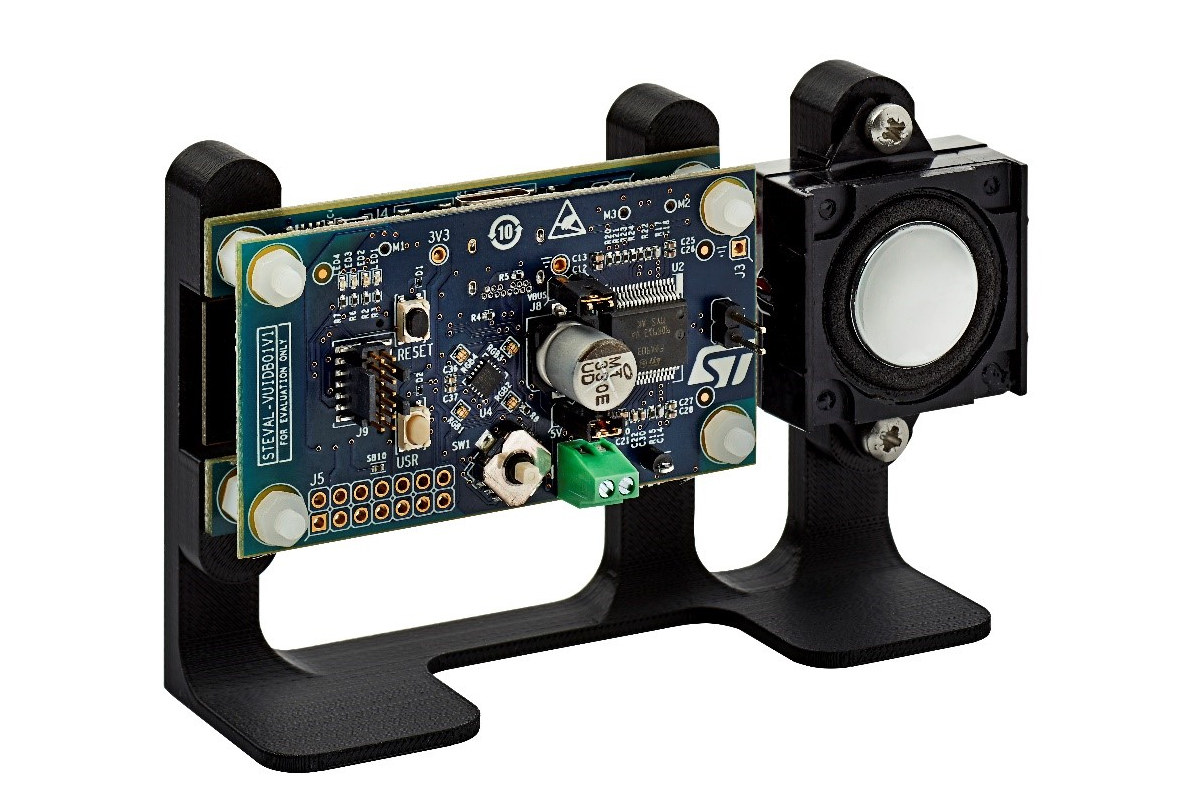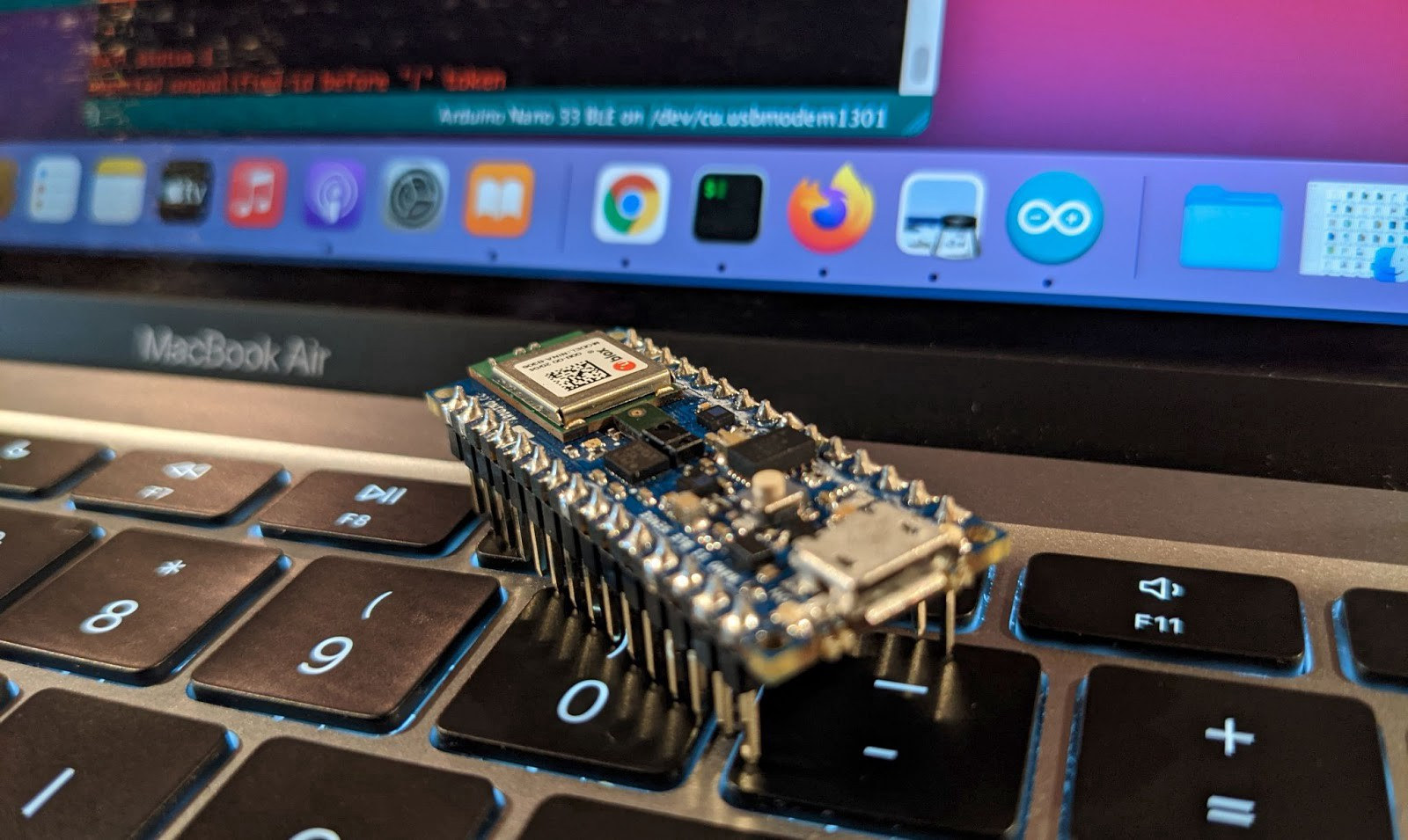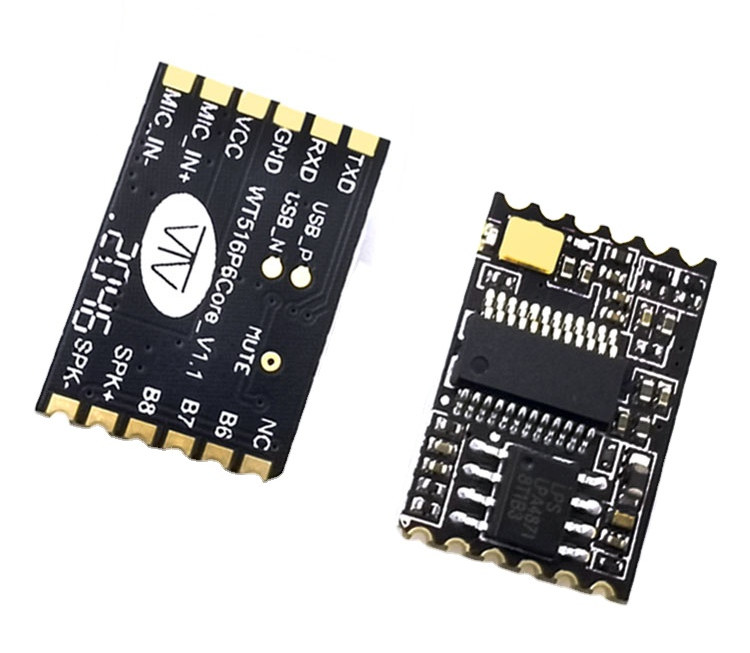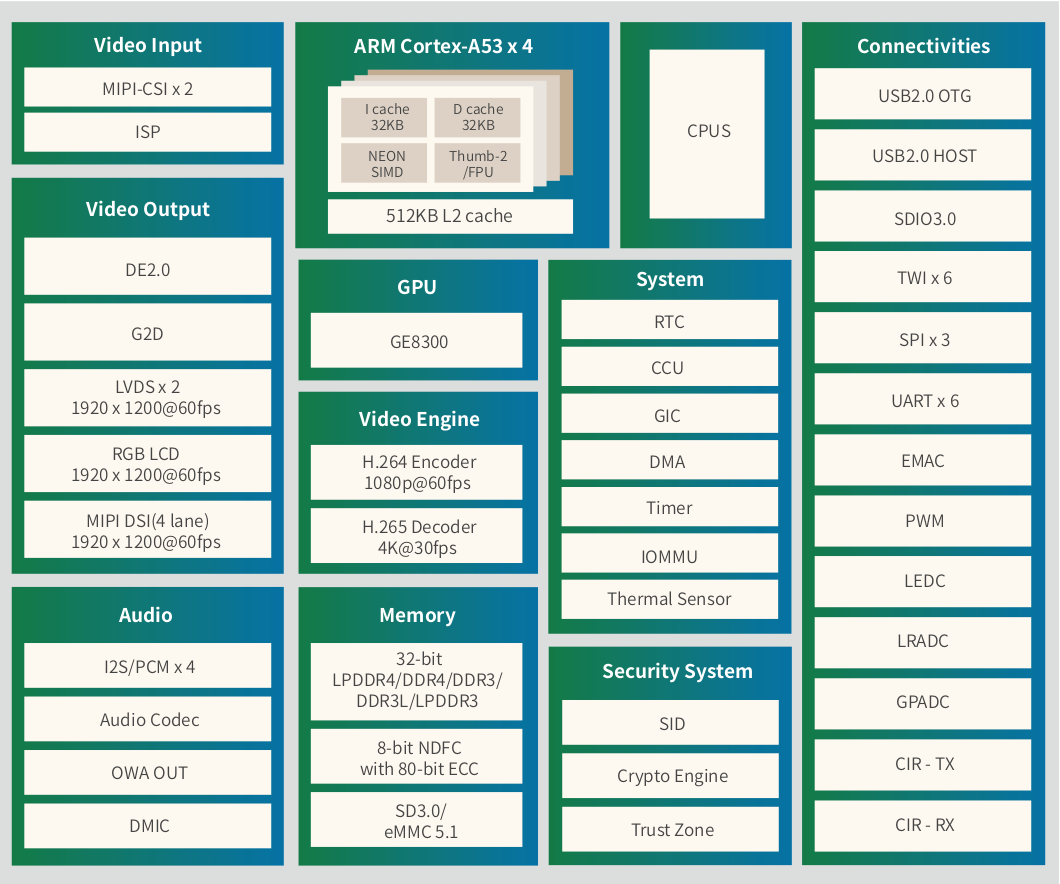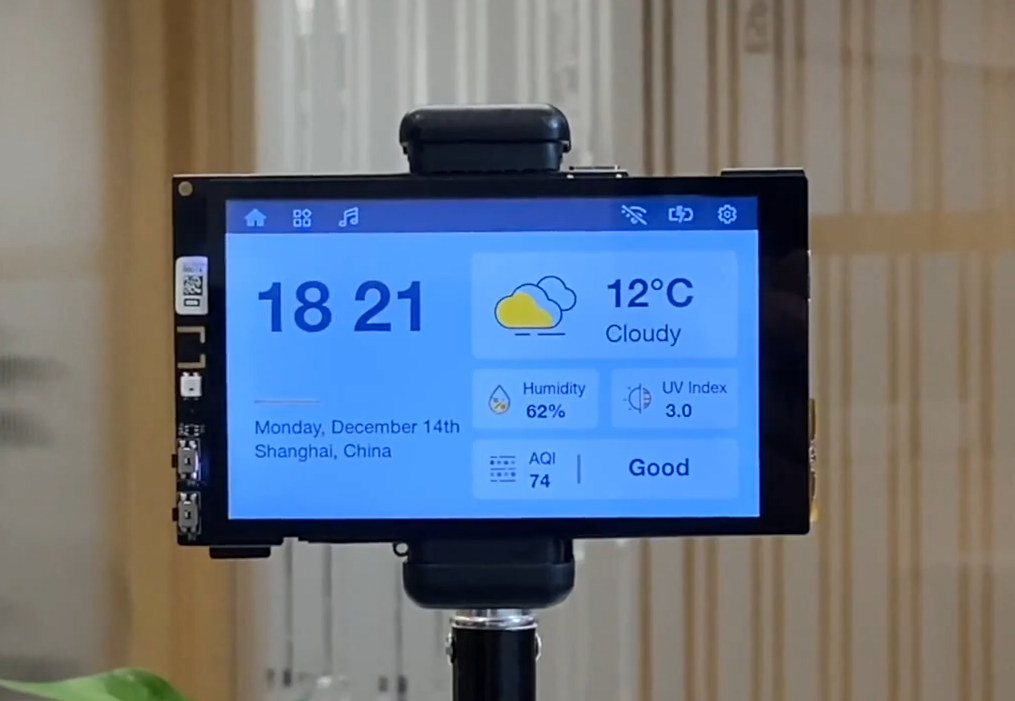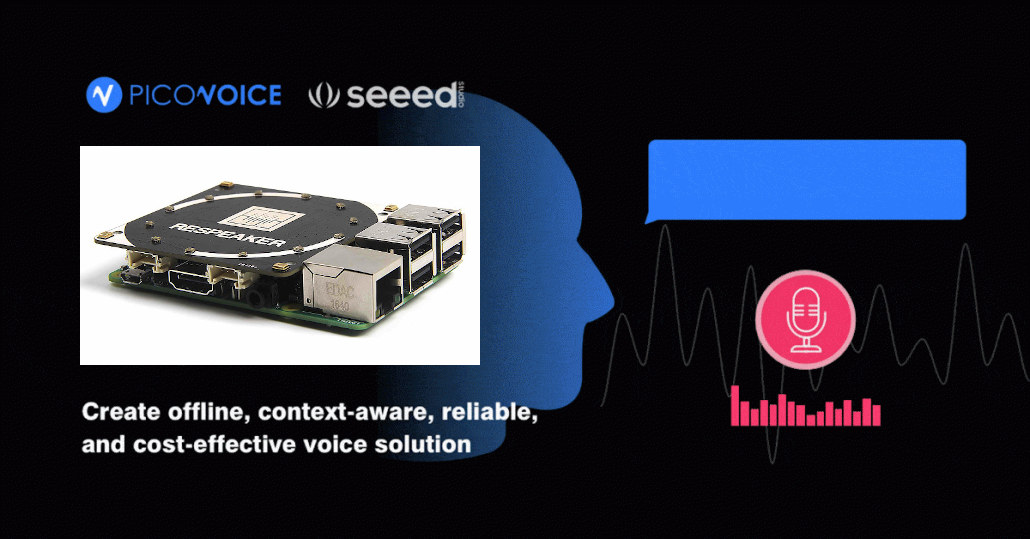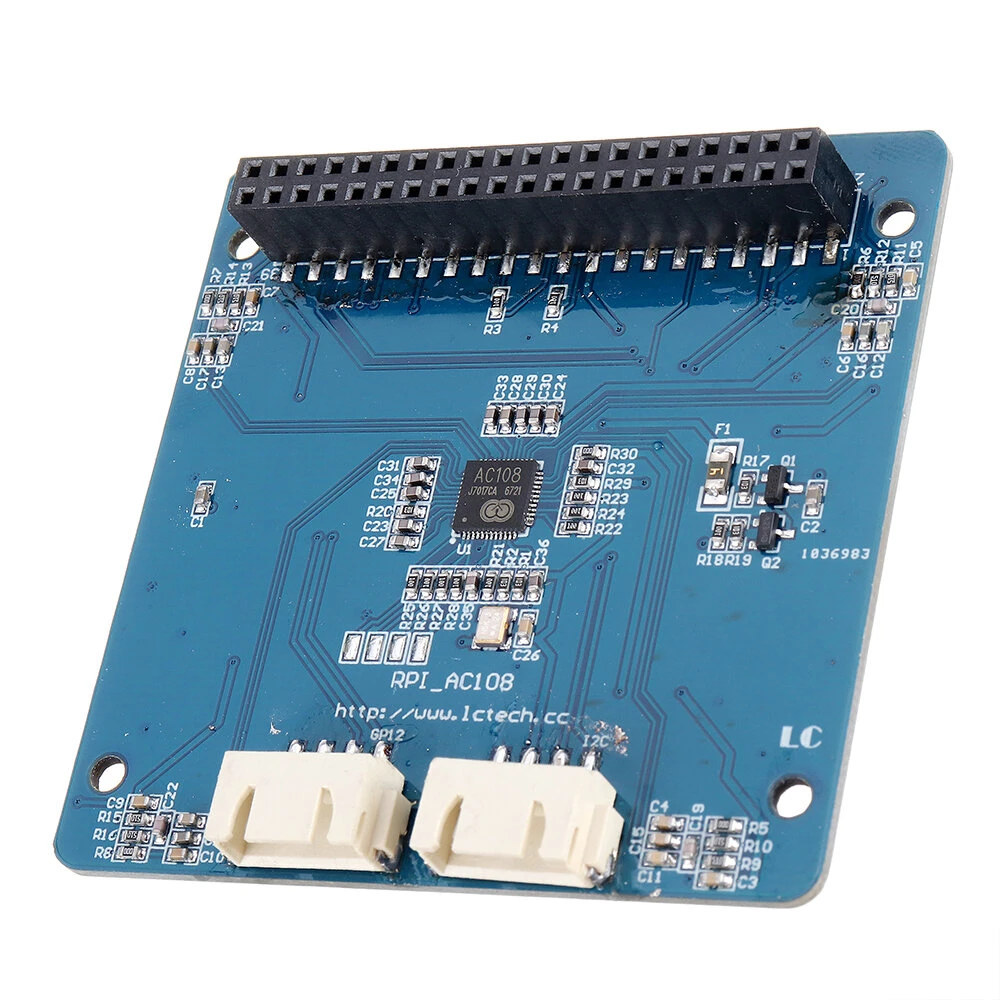We’ve already covered plenty of Amazon-qualified development kits working with Alexa Voice Services. But here’s another one with STEVAL-VOICE-UI evaluation kit making it to the list of Smart Home Dev Kits, which Amazon describes as “reference designs for creating smart home products such as light switches, thermostats, or Wi-Fi routers”. STEVAL-VOICE-UI voice user interface (VUI) evaluation kit features an STMicro STM32H7 Arm Cortex-M7 microcontroller with 2 MB embedded flash, 1 MB embedded SRAM, 2.4 GHz Wi-Fi, and a microphone array with three MEMS microphones, as well as a loudspeaker, and some buttons and LEDs. STEVAL-VOICE-UI key features specifications: Microcontroller – STMicro STM32H753VIT6E Cortex-M7 MCU @ up to 550 MHz with 2 MB flash, 1 MB SRAM Connectivity – 2.4 GHz Wi-Fi subsystem (Murata 1DX module) coupled to 2MB NOR flash (ISSI IS25LP016D) Audio 3x MP23DB01HP MEMS microphones with 36 and 30 mm spacing FDA903D class D digital input automotive audio […]
MAIX-II A AI camera board combines Allwinner R329 smart audio processor with USB-C camera
Earlier this year, we wrote about Sipeed MAIX-II Dock AIoT vision devkit with an Allwinner V831 camera processor with a small 200 MOPS NPU, an Omnivision SP2305 2MP camera sensor, and a 1.3-inch display. But for some reason, which could be supply issues, Sipeed has designed a much different variant called MAIX-II A with a board based on Allwinner R329 smart audio processor, a 720p30 USB camera module, and a 1.5-inch display. MAIX-II A board specifications: Main M.2 module – Maix-II A module with Allwinner R329 dual-core Cortex-A53 processor @ 1.5 GHz, 256MB DDR3 on-chip, a dual-core HIFI4 DSP @ 400 MHz, and Arm China AIPU AI accelerator for up to 256 MOPS, plus Wi-Fi & BLE and a footprint for an SPI Flash. Storage – MicroSD card socket Display – 1.5-inch LCD display with 240×240 resolution Audio – Dual microphones, 3W speakers Camera – 720p USB-C camera module based […]
Picovoice offline Voice AI engine now works on Arduino
Last year, I wrote about Picovoice support for Raspberry Pi enabling custom wake-word and offline voice recognition to control the board with voice commands without relying on the cloud. They used ReSpeaker 4-mic array HAT to add four “ears” to the Raspberry Pi SBC. I also tried to generate a custom wake-word using the “Picovoice Console” web interface, and I was able to use “Dear Master” within a few minutes on my computer. No need to provide thousands of samples, or wait weeks before getting a custom wake-word. It’s free for personal projects. But the company has now added Picovoice to Arduino, or more exactly Arduino Nano 33 BLE Sense powered by a Nordic Semi nRF52480 Arm Cortex-M4F microcontroller, and already equipped with a digital microphone, so no additional hardware is required for audio capture. To get started, you’d just need to install the Picovoice Arduino library, load the sample […]
US516P6 RISC microcontroller powers offline voice assistant modules
I recently wrote about a Linux microwave oven with a built-in voice assistant, and somebody mentioned a quad-core SoC was overkill, and instead US516P6 microcontroller designed for offline voice commands would be a better fit. It’s all good, but finding information about Unisound US516P6 proved to be quite a challenge with not much public information, and most in Chinese. But then I noticed Wireless Tag WT516P6Core offline voice module, and since I have contact with the company I managed to get a few more details, notable with regards to the development tools. US516P6 module specifications: MCU – Unisound US516P6 RISC microcontroller (likely Andes NDS32 based) @ 240 MHz with FPU, DSP instruction, FFT accelerator, 242KB SRAM, 2MB flash Audio – Built-in power amplifier I/Os – 12 castellated holes with UART, GPIO, microphone input, speaker output, VCC, and GND Power Supply – Built-in 5V to 3.3V, 3.3V to 1.2V LDO to […]
Allwinner R818 SoC is made for smart speakers with a screen
We’ve previously covered several Allwinner R-Series processors designed for smart speakers such as Allwinner R328 and R329 dual-core Cortex-A53 processors with the latter include a small AI accelerator from Arm China. But the Chinese company has recently a new more powerful quad-core processor with Allwinner R818 suitable for smart speakers with a screen, also called “smart displays”. Allwinner R818 specifications: CPU – Quad-core Arm Cortex-A53 @ 1.6 GHz with 32KB L1 I-cache + 32KB L1 D-cache per core, 512KB L2 cache, and CoolFlex power management architecture GPU – Imagination PowerVR GE8300 with support for OpenGL ES3.2, Vulkan 1.1, OpenCL 1.2 Memory I/F – DDR3/DDR3L/DDR4/LPDDR3/LPDDR4, 32-bit width, up to 4GB Storage I/F – eMMC 5.1, 8-bit parallel NAND Flash, SPI NAND flash Video Unit H.265 video decoder 4K @ 30fps, H.264 video decoder 4K @ 30fps, VP9 video decoder 720p @ 30fps H.264 video encoder 1080p @ 60fps MJPEG/JPEG Baseline encoder […]
ESP32-S2-HMI-DevKit-1 development kit ships with 4.3-inch touch display, 1,950mA battery
Espressif Systems ESP32-S2 single-core WiFi processor features an RGB LCD interface that makes it suitable for multimedia applications, and about two years ago, ESP32-S2-Kaluga-1 Multimedia Development Board was introduced with a touchscreen display & a camera. But now the company has launched another ESP32-S2 based development kit specifically designed for HMI (human-machine interfaces) found in smart home automation controllers, smart speakers with display, smart alarm clocks, and so on. Meet ESP32-S2-HMI-DevKit-1 equipped with a 4.3-inch color LCD display and a touch panel. ESP32-S2-HMI-DevKit-1 specifications: Wireless module – ESP32-S2-WROVER module with ESP32-S2 Xtensa single-core 32-bit LX7 microprocessor, up to 240 MHz with 128 KB ROM, 320 KB SRAM, WiFi 4 connectivity, 4MB flash, 2MB PSRAM Storage – Micro SD card slot Display – 4.3-inch display with 800×480 resolution, I2C capacitive touch panel Audio – Audio amplifier, built-in microphone, speaker connector USB – 1x USB-C OTG (DFU/CDC) port, 1x USB-C debug port […]
Picovoice supports custom wake word, offline voice recognition on Raspberry Pi
ReSpeaker 4-mic array is a Raspberry Pi HAT with four microphones that can work with services such as Google Assistant or Amazon Echo. It was launched in 2017. So nothing new on the hardware front. What’s new is the expansion board is now supported by Picovoice that works much like other voice assistants except it allows people to create custom wake words and offline voice recognition. Picovoice is described as an end-to-end platform for building customized voice products with processing running entirely on-device. It is cross-platform, is said to be more resilient to noise and reverberation, and thanks to running offline, it offers low-latency and complies with HIPAA and GDPR privacy regulations. The platform is comprised of two main engines: Porcupine lightweight wake word engine that supports custom wake words trained through PicoVoice console. The engine can listen to multiple wake words and is cross-platform with support for Raspberry Pi, […]
$13 RPI_AC108 Audio Board Ships with a 4-Mic Array for Raspberry Pi
X-Powers is a subsidiary of Allwinner, better known for its PMIC chips for Allwinner Cortex-A processors., but we also discovered X-Powers AC108 quad-channel ADC chip for microphone arrays in 2017. Soon after, Seeed Studio launched ReSpeaker 4-Mic Array for Raspberry Pi, but I had completely forgotten about the audio chip since then. That’s until this morning when I came across RPI_AC108 audio board also coming with four microphones and several LEDs. RPI_AC108 specifications: Audio X-Powers AC108 quad-channel ADC with I2S/TDM output transition 4x MEMS microphones Expansion 2x Grove interfaces (1x I2C, 1x GPIO port using pins 12 & 13) 40-pin Raspberry Pi compatible header working with Raspberry Pi Zero / Zero W / 2B / 3B / 3B + / 4 and other compatible development boards Misc – 12x LEDs (APA102) connected over SPI, GPIO5 enables power Dimensions – 65mm x 65mm x 9mm The board gets its power (3.3V and 5V) from the […]


